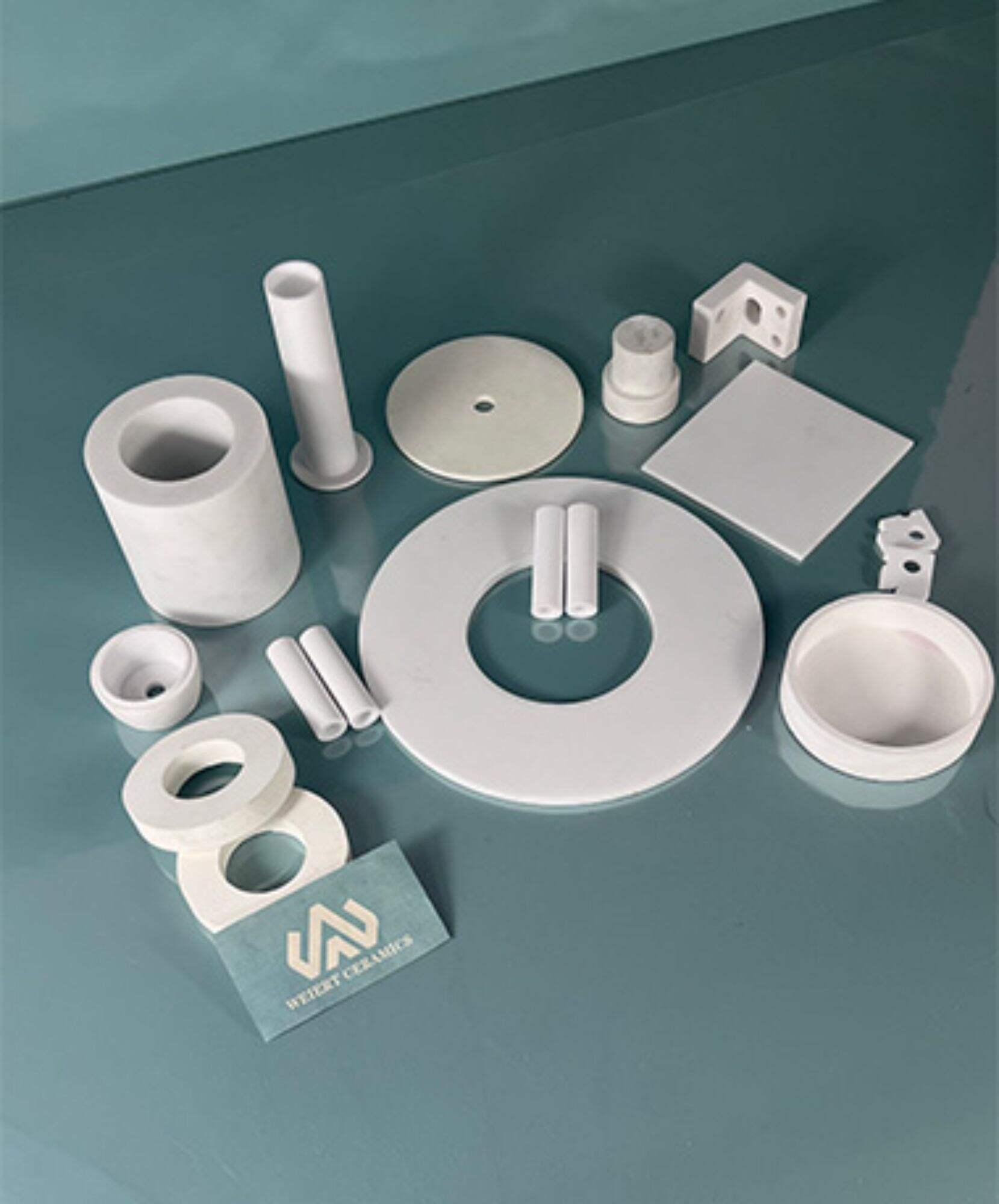Magnesia Ceramics, on the other hand is a distinct form of material that we can find available in our daily used objects. Further on we will take a closer look at the benefits of such magnesia ceramic by Weiert Ceramics when confronted with hot temperatures and how these amazing properties play to ceramic fairings' strength.

Thermal conductivity Closer Look
Thermal conductivity is the ability of a material to transport heat. The fact is that their thermal conductivity in domestic terms is very low, and the magnesia ceramics do not like to communicate with the world through heat. This feature makes ceramic membrane filters a preferred option for use in insulated products, when such ovens or furnaces are being manufactured. The magnesia ceramic components has the property of very efficient thermal inertia leading to energy savings and thus an increase in efficiency.
Thermal Expansion Behavior: It is previously known in publications.
Thermal Expansion The idea that something is bound to either expand or contract when heated up or cooled down. This demonstrates how little magnesia ceramics expand at high temperatures, such as the thermal expansion coefficient is very low. For example, this property of good dimensional stabilization is useful in applications where the compound will be subject to shrinkage via another process downstream say on an electronic component.
A Study on Structure Stability under Temperature
As temperatures are increased different materials will change structurally and manifest other behaviors. They are made of magnesia ceramics, which have a high melting temperature and can resist very high temperatures without deforming. Despite this, the ceramics themselves still have an impact on how well they can work even when subjected to very high or low temperatures. For magnesia advanced ceramics to be put into use, it is crucial for people to gain an understanding of how they react at varied temperature ranges.
Analysis of Thermal Shock Resistance
A thermal shock is a phenomenon that occurs when the temperature of a material changes rapidly, leading to its sudden expansion or contraction. These are remarkably resistant to thermal shock, meaning that they can withstand a quick change in temperature without cracking or failing. This is crucial for applications where temperatures tend to change more quickly over time, like in aerospace configurations.
Research on Thermal Insulation Properties
Thermal insulation attenuates heat transfer. Electrical insulators are widely used and can be found in a whole slew of applications, including use for fireproofing thermal insulation (similar to Magnesia ceramics), building, or any material requiring high heat resistance. Energy savings result directly from insulating the parts in this application with magnesia ceramics that use for both heating and cooling.
Therefore, the different thermal properties of magnesia ceramics are necessary in several industries. Understanding the unique features of this layered structure with appropriate ways and methods to utilize it best in various applications.

 EN
EN
 AR
AR
 HR
HR
 CS
CS
 DA
DA
 NL
NL
 FI
FI
 FR
FR
 DE
DE
 EL
EL
 HI
HI
 IT
IT
 JA
JA
 KO
KO
 NO
NO
 PL
PL
 PT
PT
 RO
RO
 RU
RU
 ES
ES
 SV
SV
 CA
CA
 TL
TL
 IW
IW
 ID
ID
 LV
LV
 LT
LT
 SR
SR
 SK
SK
 SL
SL
 UK
UK
 VI
VI
 TH
TH
 TR
TR
 FA
FA
 AF
AF
 MS
MS
 GA
GA
